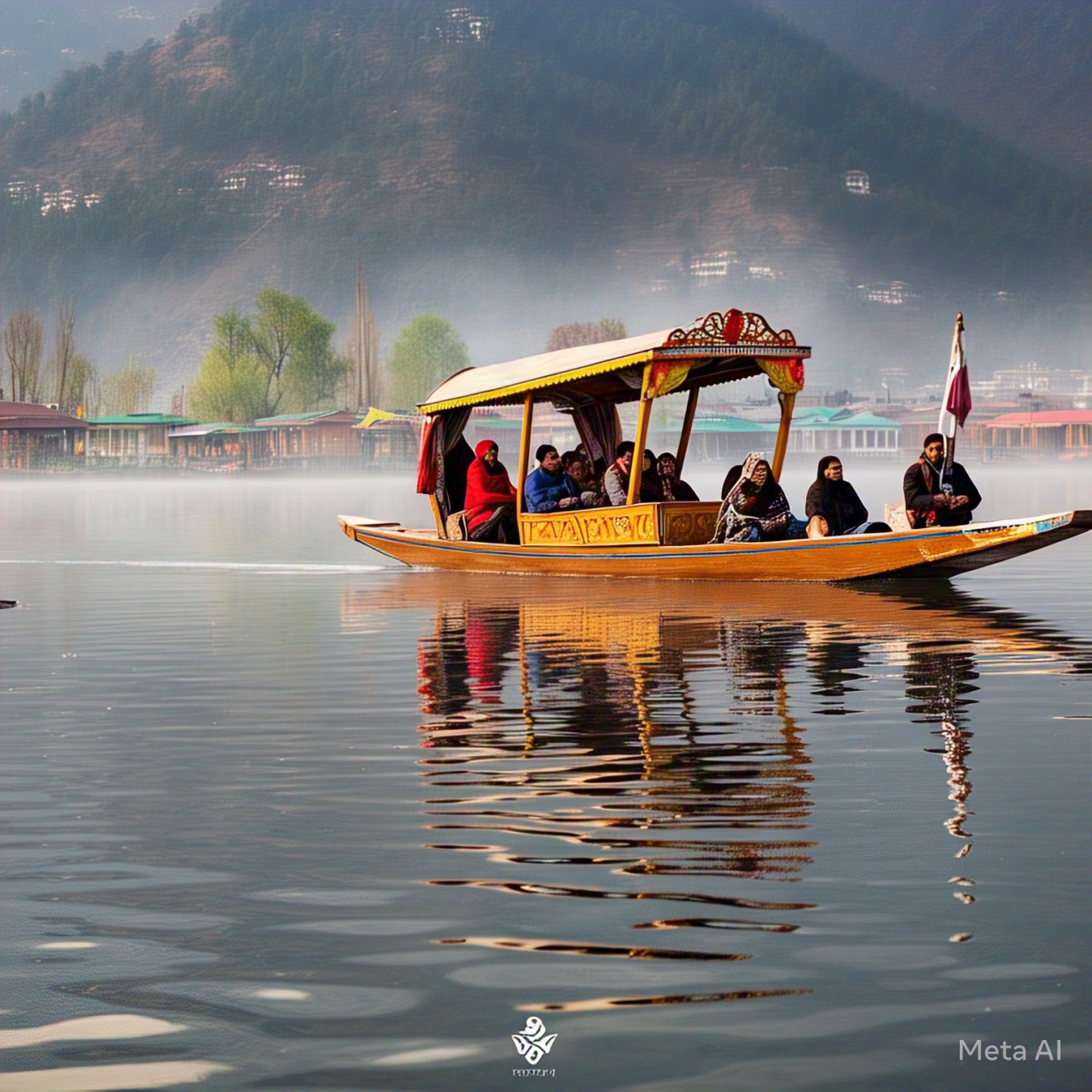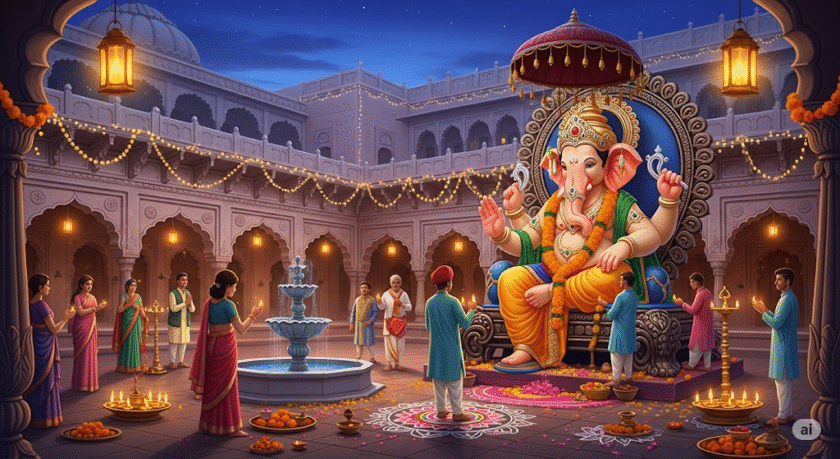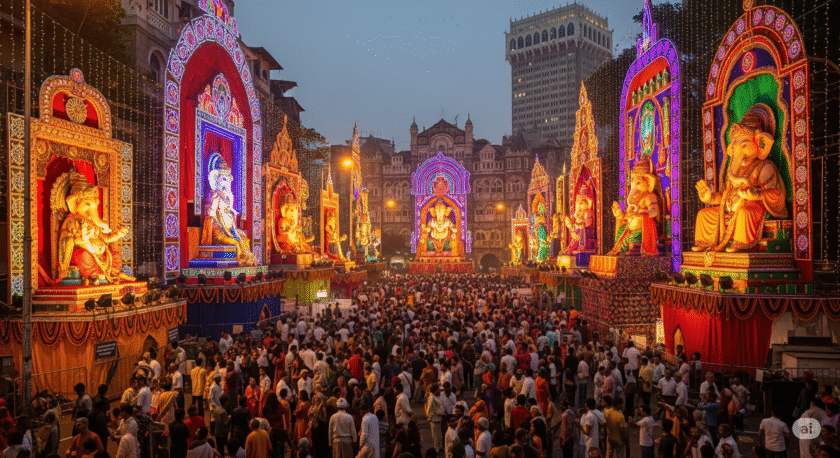Pahalgam, Jammu and Kashmir — The scent of pine still lingers in the crisp mountain air. The Lidder River flows with its usual melody. But Pahalgam — once a postcard-perfect haven for honeymooners and hikers — feels uncharacteristically quiet. The laughter of tourists has been replaced by whispers of uncertainty, and a tense stillness now shrouds the valley’s most cherished tourist town.
On a calm April afternoon, that stillness was shattered by gunfire.
A group of tourists, many of them first-timers in Kashmir, were ambushed by militants just outside a busy marketplace in Pahalgam. The attack claimed 26 lives, left several injured, and plunged the Valley’s fragile tourism industry into fresh turmoil.

“I Saw Them Fall, One By One”
Shabir Ahmad, a pony handler who usually takes visitors up to Baisaran — the ‘Mini Switzerland’ of Kashmir — was meters away when the shots rang out.
“There was panic. Screaming. I saw them fall, one by one. A family from Delhi — they were smiling just minutes ago. I still hear the child’s cry,” he said, his voice trembling. “We rushed them to the hospital in private cars. No one waited.”
In a region long plagued by insurgency, incidents like these are not new. But for Pahalgam, which had steadily rebuilt its image as a safe travel destination over the past few years, the attack was a body blow.
Tourism, Interrupted
For hotelier Fayaz Lone, April had promised a turning point. His small riverside hotel, with its wooden façade and tulip garden, had been fully booked for the first time since 2019.
“We had guests from Mumbai, Bengaluru, even a group from Germany. Within hours of the news breaking, every single one cancelled,” he says, flipping through now-empty pages of a reservation ledger. “It’s not just a business loss — it’s a heartbreak. This is our season. This is our survival.”
Tourism accounts for more than 7% of Jammu and Kashmir’s GDP. In areas like Pahalgam, the percentage is even higher. From pony handlers and photographers to kebab vendors and shawl weavers — almost every household is tied, directly or indirectly, to the ebb and flow of tourism.
“Each tourist feeds ten mouths,” estimates Shakeela Bano, who runs a small handicrafts stall near Aru Valley. “When they don’t come, we don’t eat.”
An Echo From the Past
For many, the incident rekindles memories of the dark 1990s, when terrorism first gripped the Valley. Tourist arrivals dropped from 0.72 million in 1988 to a mere 6,287 by 1991. The economic fallout was brutal.
“From 1989 to 2002, Kashmir lost nearly 27 million tourists. That’s over $3.6 billion gone,” says Dr. Iqbal Mir, a tourism policy analyst at the University of Kashmir. “We had just begun to crawl back after Article 370’s abrogation. The wounds were healing. This attack reopens them.”
According to estimates, Kashmir’s houseboat industry — once its signature attraction — is now running at less than 30% capacity. Handicraft exports are down. Taxi drivers and guides are idle. Local airlines have reported a 22% drop in bookings in the week since the Pahalgam incident.
Security and Perception
In the aftermath, security has been ramped up. Metal detectors at tourist sites, new checkpoints on the highway, more boots on the ground. But even that hasn’t quelled the fear.
“Security is a double-edged sword,” notes Lt Gen (Retd) Syed A. Khan, a former Army officer turned security consultant. “Tourists want to feel safe, not watched. While robust measures are essential, we must also ensure they don’t intimidate or alienate visitors.”
Local authorities insist the region remains safe for tourists.

“This was an isolated incident. We’ve made arrests, and operations are ongoing,” said Anantnag District Magistrate Zubair Mehmood. “We urge tourists not to cancel their plans. We are here to protect you.”
But for people like Aliya Parveen, a young entrepreneur who runs a trekking startup for women tourists, rebuilding trust will take time.
“Safety is a feeling, not a statement. And right now, that feeling is missing,” she says. “The phones have stopped ringing.”
Collateral Impact: Livelihood and Environment
The damage extends beyond lost revenue. Daily wage workers, including street vendors, pony boys, shikara operators, and small restaurant staff, are often the first to feel the ripple.
“We barely manage a meal a day when the town shuts down,” says Iqbal Hussain, a fruit seller near Betaab Valley. “Curfews don’t just stop traffic. They choke our lives.”
The environmental impact is equally worrisome. Reduced tourism has affected waste management programs in areas like Dal Lake and Wular Lake. Cleanup drives funded by eco-tourism have paused. Plastic waste continues to pile up near glacier-fed rivers.
“Conflict has hurt not just people but the very soul of Kashmir — its nature,” laments Mehmood Shah, a retired forest officer.
What Lies Ahead
Despite the setback, hope flickers.
Community groups, artists, and students have taken to social media under the hashtag #PahalgamStillBeautiful, urging people not to let fear win. There are candle marches in Srinagar. Free shikara rides offered to domestic tourists. Hoteliers slashing rates. Locals sharing reels of sunrise over Tulian Lake and snowfall in Aru Valley.
“We’re not giving up,” says Nausheen Rather, a college student volunteering at the tourism helpline center. “Kashmir has always risen — slowly, painfully, but beautifully.”
Yet, as one walks through the narrow lanes of Pahalgam today, the silence is haunting. Empty chairs outside cafés. Horses untethered. The glint of gold embroidery on untouched Pashmina shawls. Paradise, for now, feels paused.
Final Word
There is no tourism without peace. And no peace without trust. For Pahalgam and the larger Valley, the road to recovery lies not just in restoring security, but in healing hearts — both of the locals who host, and the travelers who visit.
And as Faheem Wani — the hotelier whose garden is now flowerless — puts it:
“We’ve seen guns before. We’ve also seen healing. All we ask is, don’t let fear be our final story.”





